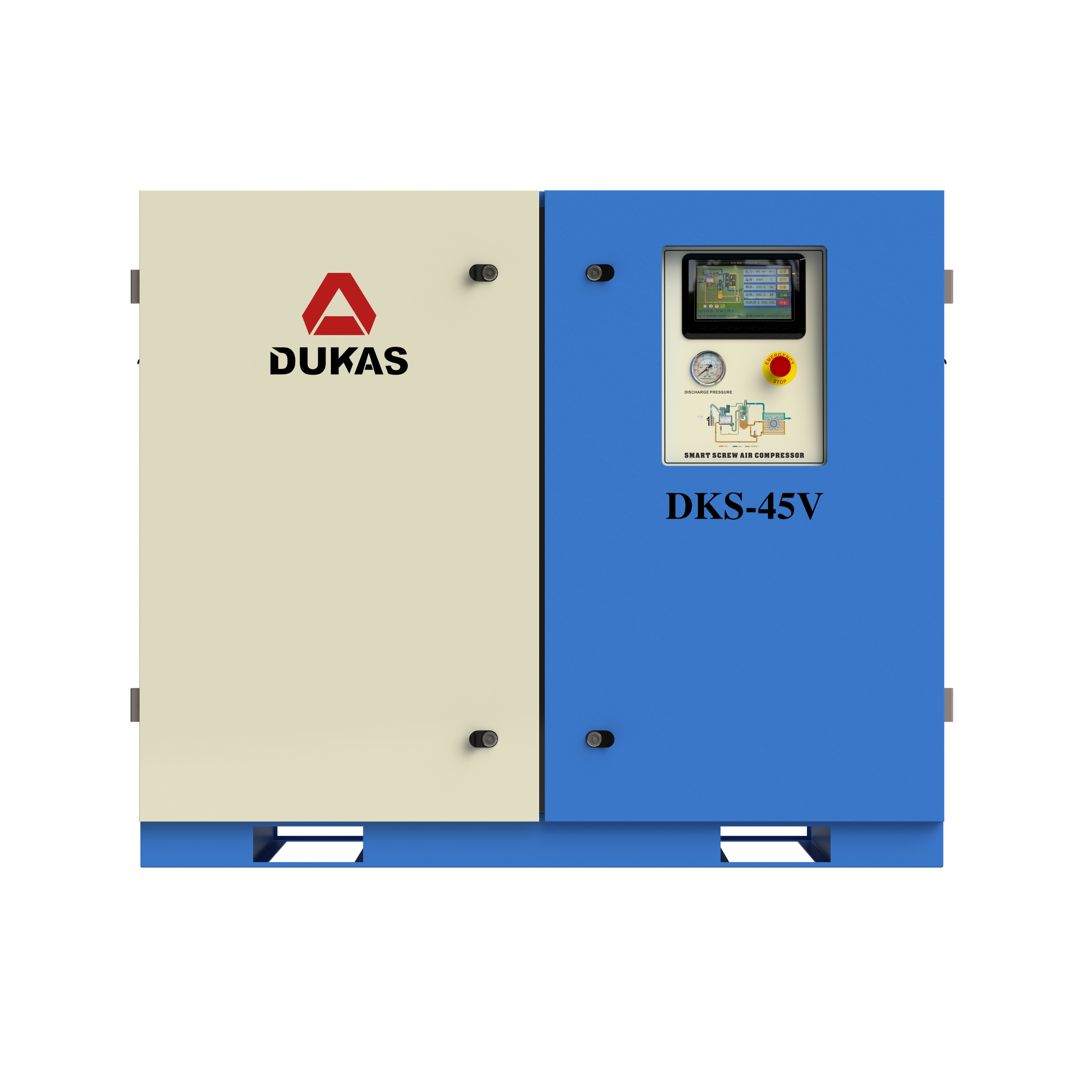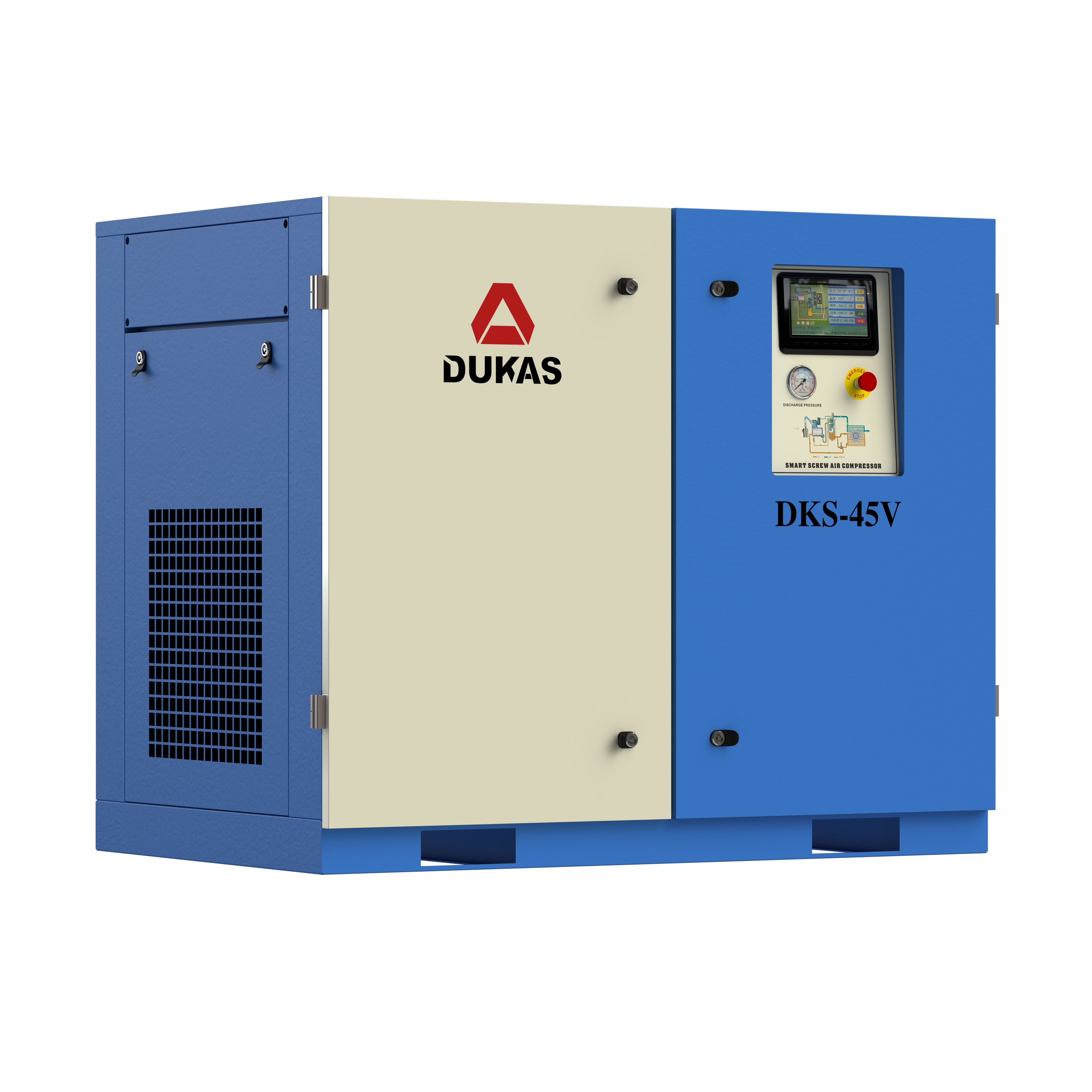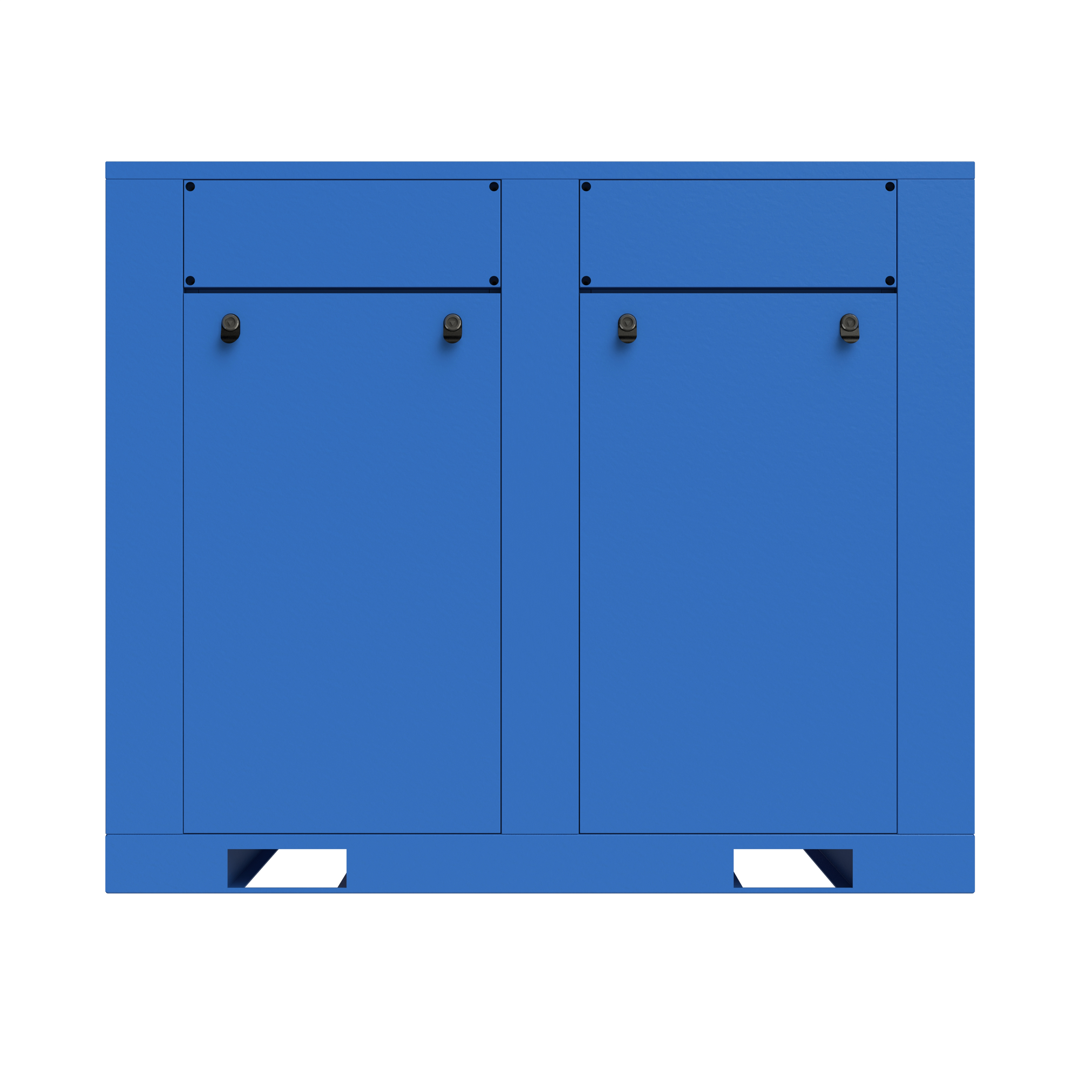1. Fara gazawa Phenonon: Bayan latsa maɓallin Fara, motar ba ta amsa ko tsayawa ba nan da nan bayan farawa. Dalilin bincike: matsalar samar da isasshen wutar lantarki: ƙarfin lantarki mara amfani, talakawa ne ko kuma buɗe layin wutar lantarki. Rashin mota: Windger motar iska ta gajarta-Cikewa, bude-da'ira ko kuma rufin yana lalata. Rashin farawa: FASAHA MAI KYAUTI KYAUTA, KYAUTA KYAUTA KO INGANCIN CIKIN SAUKI. Tsarin Na'urar Kare: Misali, ɗaukar nauyin radayin da aka cire shi saboda overload.
2. Dakatar da gazawar Phenenon yayin aiki: Hanyar ba zato ba tsammani tana tsayawa yayin aiki. Dalida bincike: kariyar kariyar kariya: nauyin motar yana da girma kuma ya wuce darajar ɗaukar nauyin ɗaukar nauyi. Zazzabi yana da girma sosai: Motar tana da ƙarancin zafi mai zafi, yana haifar da zazzabi na ciki don ya yi yawa, yana haifar da kariya ta overheating. Aikin lokaci na zamani: asarar wutar lantarki tana haifar da motar da ta gaza ta aiki da kullun. Tsangwama na waje: kamar wutar lantarki mai hawa, tsangwirar lantarki, da sauransu.
3. Babban motar motsa jiki ga gazawa Phenomenon: zazzabi na motocin ya tashi ba damuwa yayin aiki. Dalidi na bincike: nauyin wuce kima: Overage Offici Offerve yana haifar da zafin jiki na ciki na motar ta tashi. Forcial Hill Rotisation: fan mai haya ya lalace, an katange iska a iska, ko yanayin zafin yanayi ya yi yawa. Gazawar motsa jiki: kamar haddace lalacewa, iska mai kyau da'ira, da sauransu.
4. Motar tayi amo sosai. Kusan abin da ya faru: Motar tana sa amo mara kyau yayin aiki. Dalida bincike: Hadarin lalacewa: Haɗin kai yana sawa ko maras kyau lubricated, yana haifar da amo yayin aiki. Gagar da ba ta dace ba tsakanin statori da Rotor Air Fasa tsakanin Stator da Rotor yana haifar da rawar jiki na lantarki da amo. Motar motoci marasa daidaituwa: Mai jujjuyawar mota ba ta da daidaitawa ko kuma ba a daidaita shi ba, yana haifar da rawar jiki da amo.
5. Lowarancin rufin motocin juriya na Phenomenon: darajar gwajin na resultation na motocin yana ƙasa da daidaitattun buƙatun. Dalilin bincike: Wurin motar shine damp: yana gudana a cikin yanayin gumi na dogon lokaci ko ba a sarrafa shi cikin lokaci bayan rufewa. Tsufa na iska iska: aiki na dogon lokaci yana haifar da tsufa da fatattaka kayan rufewa. Ruwa na ruwa ko gurbataccen mai: Casarfin motar shine ya lalace ko hatimin ba su da ƙarfi, yana haifar da ruwa ko mai don shiga ciki na motar.


Lokaci: Oct-17-2024



